Dogs have long been considered humanity’s best friend, offering loyalty, protection, and companionship. However, even the most faithful canine can develop behavioral issues when improperly trained or socialized. While no breed is inherently “bad” or dangerous, certain breeds may pose greater risks when training is neglected due to their size, strength, power, or specific behavioral tendencies. Understanding which breeds require extra attention to training can help potential and current dog owners make informed decisions about the commitment required to raise a well-adjusted canine companion. This article explores twelve dog breeds that may be more prone to turning on their owners when inadequately trained, highlighting the importance of proper socialization, consistent training methods, and responsible ownership.
German Shepherds Intelligence Requires Direction

German Shepherds rank among the most intelligent dog breeds in the world, often employed in police and military work due to their trainability and work ethic. However, this same intelligence, combined with their protective instincts and physical strength, can become problematic without proper guidance. When poorly trained, German Shepherds may develop overprotective behaviors, territorial aggression, or become unpredictable around strangers and even family members.
According to the American Veterinary Medical Association, German Shepherds account for a significant percentage of serious dog bites in the United States. Their natural protective instincts must be properly channeled through early socialization and consistent training that establishes clear boundaries. Without this structure, they may make independent decisions about perceived threats, sometimes misinterpreting normal situations as dangerous. Owners must commit to ongoing training throughout the dog’s life, as these intelligent animals require mental stimulation and clear leadership to prevent the development of problematic behaviors.
Rottweilers Power and Protection Gone Wrong

Rottweilers possess a combination of intelligence, strength, and protective instincts that make them excellent guardians when properly trained. These powerful dogs were originally bred for herding and protecting livestock, later serving as police and military dogs. Their natural protective instincts, when paired with their imposing physical presence—males can weigh up to 135 pounds—create a dog that requires experienced handling and consistent training from an early age.
When training is neglected, Rottweilers may become overly territorial, aggressive toward strangers, or even challenge their owners for dominance. Studies have shown that Rottweilers are involved in a disproportionate number of serious and fatal attacks compared to their population. However, this statistic reflects poor ownership practices rather than inherent breed aggression. Properly trained Rottweilers are loyal, affectionate family members who can distinguish between genuine threats and normal situations. Owners must commit to early socialization, consistent boundary-setting, and ongoing training to ensure these powerful dogs remain balanced and controlled.
Pit Bull Terriers Misunderstood but Requiring Commitment
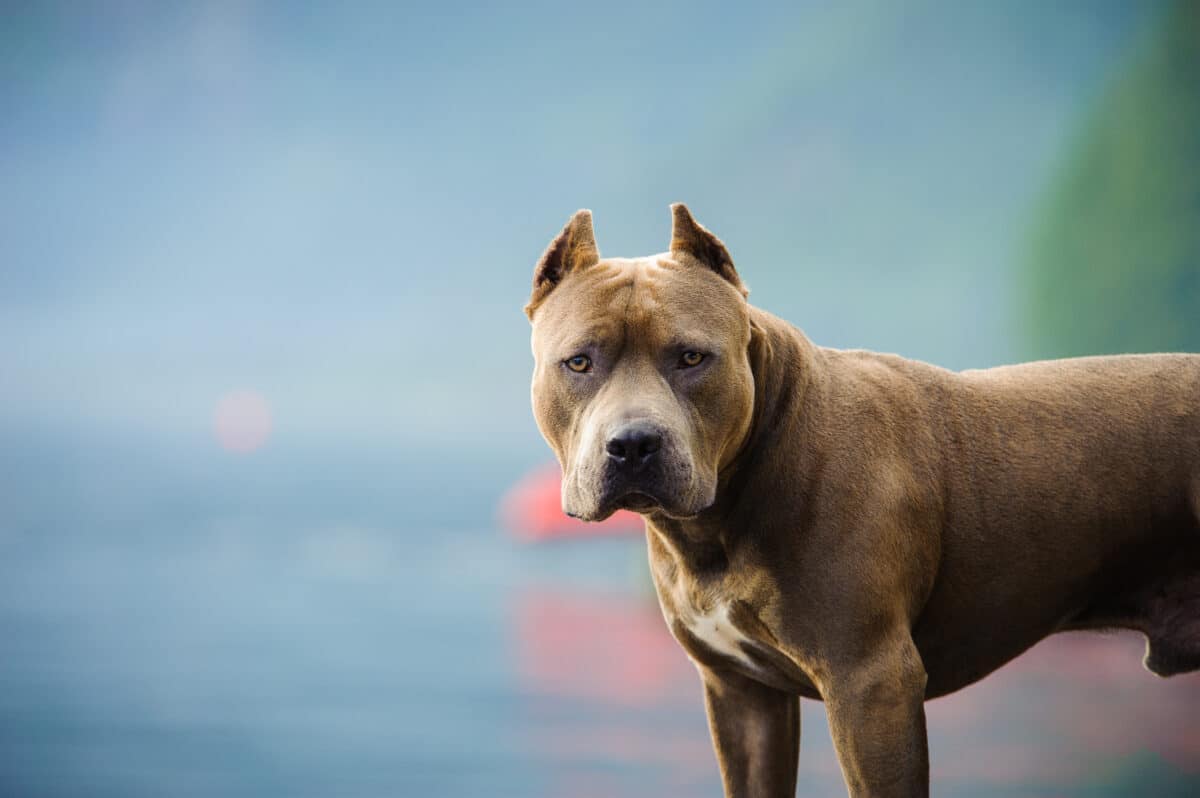
Few dog breeds generate as much controversy as Pit Bulls, a term that encompasses several breeds including the American Pit Bull Terrier, American Staffordshire Terrier, and Staffordshire Bull Terrier. These dogs were historically bred for bull-baiting and later dog fighting, resulting in powerful jaws and a tenacious temperament. However, they were also selected for their loyalty to humans and were once known as “nanny dogs” for their gentle nature with children.
The dual heritage of Pit Bulls makes proper training especially critical. Without consistent training and socialization, they may develop dog aggression, territorial behaviors, or misplace their protective instincts. Their physical strength means that when behavioral issues do occur, the consequences can be serious. Research published in the Journal of the American Veterinary Medical Association indicates that breed-specific factors are far less important than owner-controlled factors like socialization, neutering, and proper containment in preventing dog bites. Responsible Pit Bull ownership requires commitment to positive reinforcement training, early socialization with people and other animals, and understanding the breed’s need for structure and exercise.
Doberman Pinschers Guardians Requiring Guidance

Doberman Pinschers were specifically developed in the late 19th century by German tax collector Karl Friedrich Louis Dobermann, who wanted a medium-sized protection dog. The resulting breed combines intelligence, loyalty, and athletic ability with natural protective instincts. Modern Dobermans rank among the most trainable breeds, excelling in obedience, agility, and protection work. However, their intelligence and natural suspicion of strangers can become problematic without proper guidance.
Poorly trained Dobermans may develop severe separation anxiety, inappropriate guarding behaviors, or aggression toward strangers and other dogs. Their sleek, powerful build—males typically weigh between 75-100 pounds—gives them the physical capability to cause serious harm when their behavior isn’t properly managed. Training must begin in puppyhood with an emphasis on socialization to different people, animals, and environments. Dobermans thrive with consistent, positive reinforcement training and clear boundaries. They require both physical exercise and mental stimulation to prevent the development of destructive or aggressive behaviors. Studies have shown that Dobermans with insufficient socialization are significantly more likely to develop fear-based aggression, which can be directed at family members in certain situations.
Akitas Ancient Guardians with Strong Wills
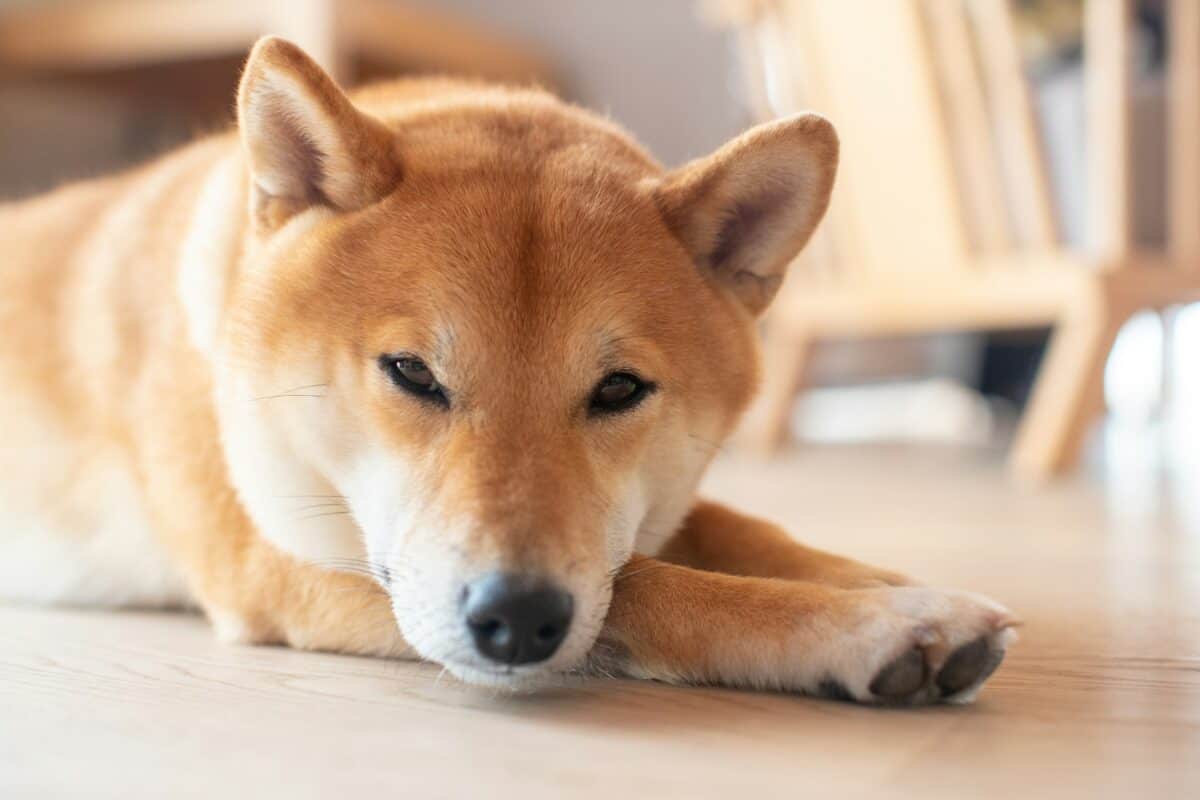
Originating in Japan, Akitas were bred as hunting dogs for large game and later became symbols of good health, happiness, and long life. These powerful, independent dogs possess a strong protective instinct toward their families and a natural suspicion of strangers. Weighing between 70-130 pounds, Akitas combine imposing physical presence with an independent, sometimes stubborn nature that demands experienced handling and consistent training.
When training is insufficient, Akitas may become overly territorial, aggressive toward other dogs, or challenging toward their owners. Their natural reserve can develop into dangerous suspicion without proper socialization. According to data from the American Temperament Test Society, Akitas pass temperament tests at lower rates than many other breeds, indicating the importance of careful breeding and training. Akitas require early and ongoing socialization to many different people and situations. Their training should emphasize consistency and positive reinforcement while respecting their dignity and intelligence. These dogs form deep bonds with their families but require owners who understand their complex nature and need for clear leadership.
Chow Chows Independent Spirits Requiring Socialization

With their distinctive lion-like appearance and blue-black tongues, Chow Chows are one of the world’s oldest breeds, dating back to ancient China where they served as hunting, herding, and guardian dogs. Modern Chows retain many of their ancient characteristics, including a naturally aloof, independent temperament and strong territorial instincts. These medium-sized but powerful dogs typically weigh between 45-70 pounds and possess a unique combination of cat-like cleanliness and stubborn independence.
Without proper socialization and training, Chow Chows can become excessively protective, suspicious of all strangers, and potentially aggressive when their space is invaded. Their natural reserve can develop into dangerous reactivity if not properly channeled through socialization. Unlike many breeds that actively seek to please their owners, Chows often exhibit an independent nature that can make training challenging. They require owners who understand their unique psychology and are willing to start training and socialization from puppyhood. Consistency, patience, and positive reinforcement are essential, as harsh methods typically backfire with this sensitive yet dignified breed. A properly trained Chow Chow can be a loyal, clean, and devoted companion, but they generally remain somewhat reserved even with optimal socialization.
Cane Corsos Roman Warriors Needing Structure

The Cane Corso is a descendant of Roman war dogs, later employed as estate guardians and wild boar hunters in Italy. These massive mastiffs typically weigh between 90-120 pounds and possess formidable strength, intelligence, and natural protective instincts. Their name derives from the Latin “cohors,” meaning “guardian” or “protector,” reflecting their historical purpose. With their imposing presence and serious demeanor, Cane Corsos require experienced handling and consistent training from an early age.
When inadequately trained, Cane Corsos may become dangerously territorial, aggressive toward strangers, or challenging toward family members. Their size and power mean that behavioral issues can quickly become dangerous. Unlike some breeds that may give warning signals before aggression escalates, Corsos can be more sudden in their responses when poorly socialized. Proper training must begin in puppyhood with an emphasis on extensive socialization to different people, animals, and environments. These dogs require clear boundaries, consistent rules, and ongoing training throughout their lives. The breed’s natural protectiveness must be properly channeled through structured training that teaches the dog to look to their owner for guidance in novel situations rather than making independent decisions about potential threats.
Belgian Malinois Working Dogs in Need of Jobs

The Belgian Malinois has gained popularity through their frequent use in military and police work, where their intelligence, work ethic, and physical capabilities make them exceptional working partners. Originally bred as herding dogs, modern Malinois possess extraordinary energy levels, drive, and intelligence that must be properly channeled. These medium-sized but powerful dogs typically weigh between 40-80 pounds and combine lightning-fast reflexes with intense focus and trainability.
Without sufficient training, exercise, and mental stimulation, Malinois can develop severe behavioral problems including destructiveness, anxiety, and aggression. Their natural herding instincts may manifest as nipping or chasing behaviors directed at children or other pets. According to veterinary behaviorists, Malinois often develop behavioral issues when placed in typical pet homes that cannot provide the stimulation these working dogs require. Owners must commit to providing at least 2 hours of exercise and training daily, along with challenging mental work. Malinois thrive with structured training that gives them “jobs” to perform and clear expectations. Their intelligence makes them quick learners, but also means they can become bored and frustrated without sufficient challenges, potentially redirecting their energy into destructive or aggressive behaviors.
Siberian Huskies Independent Spirits with Escape Artists Tendencies

Siberian Huskies were developed by the Chukchi people of northeastern Asia as endurance sled dogs capable of traveling long distances in harsh Arctic conditions. This heritage has produced a breed with remarkable independence, intelligence, and physical capabilities. While not typically aggressive, Huskies present unique challenges that can lead to dangerous situations when improperly trained or contained. Their independent nature stems from being bred to make decisions without constant human direction while pulling sleds across vast Arctic expanses.
Poorly trained or under-stimulated Huskies frequently escape confinement, potentially leading to dangerous situations including traffic accidents, livestock chasing, or conflicts with other animals. Their prey drive can result in aggression toward smaller pets, and their pack-oriented nature means they may challenge owners who fail to establish clear leadership. According to husky rescue organizations, the breed is among the most commonly surrendered due to behavioral issues stemming from inadequate training and exercise. Huskies require secure containment, consistent training that respects their intelligence, and ample physical exercise—typically 2+ hours daily. Their training should incorporate their need for mental stimulation while establishing clear boundaries. Unlike guardian breeds, Huskies rarely show aggression toward humans, but their size, strength, and independent nature can create dangerous situations when their needs aren’t properly addressed.
Caucasian Shepherd Dogs Ancient Guardians Requiring Expert Handling
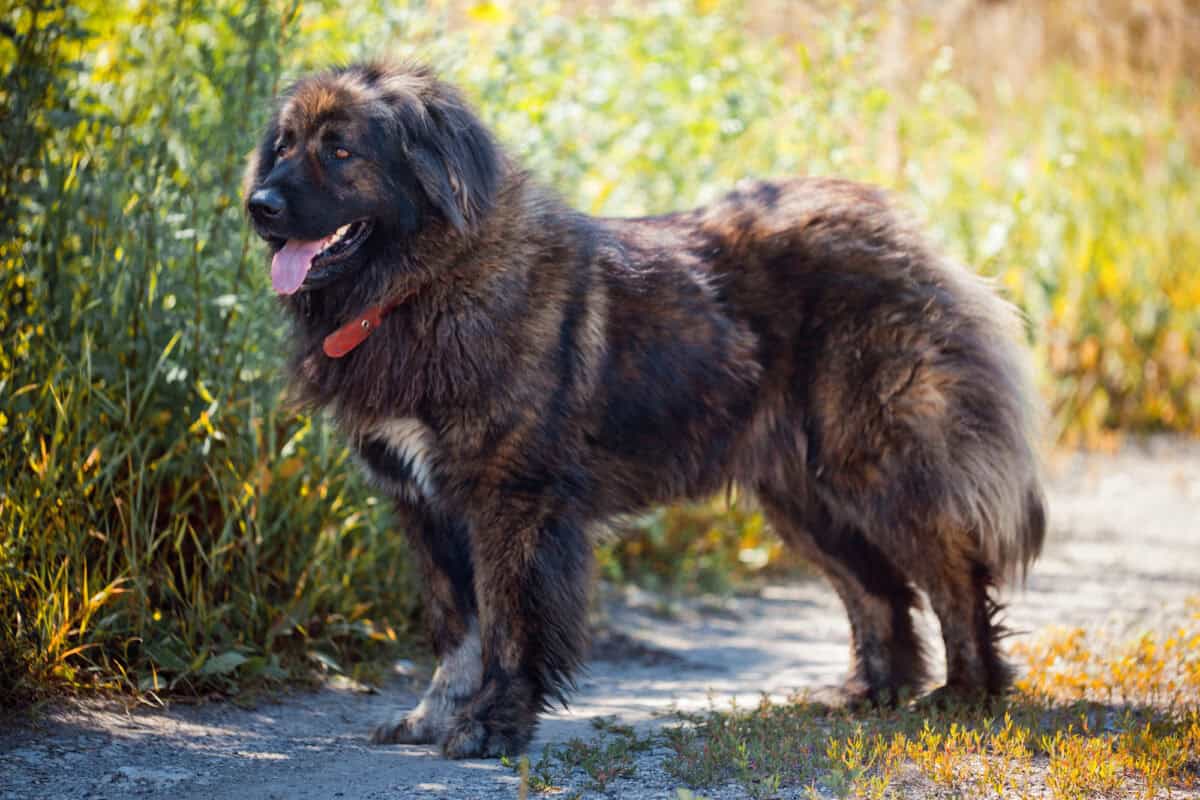
Caucasian Shepherd Dogs, also known as Caucasian Ovcharkas, were developed in the Caucasus Mountains region to guard livestock against predators including wolves and bears. These massive dogs typically weigh between 100-170 pounds and possess extraordinary protective instincts, independence, and territorial drives. Their historical purpose of working independently to make life-or-death decisions about threats has produced a breed that requires exceptional handling and training to safely integrate into family settings.
When inadequately trained or socialized, Caucasian Shepherds can become dangerously aggressive toward any perceived threats, including family friends, delivery personnel, or even family members who approach during triggering situations. Their size and power, combined with their willingness to act decisively without handler input, make them potentially dangerous in inexperienced hands. According to specialists in guardian breeds, Caucasian Shepherds are considered among the most challenging dogs to train and should only be owned by experienced handlers with specific needs for serious protection. Training must begin in puppyhood with extensive socialization while maintaining careful control. These dogs require consistent boundaries, clear expectations, and ongoing training throughout their lives. Even well-trained Caucasian Shepherds typically remain highly protective and require secure containment and responsible management.
Fila Brasileiro Intense Loyalty with Natural Suspicion
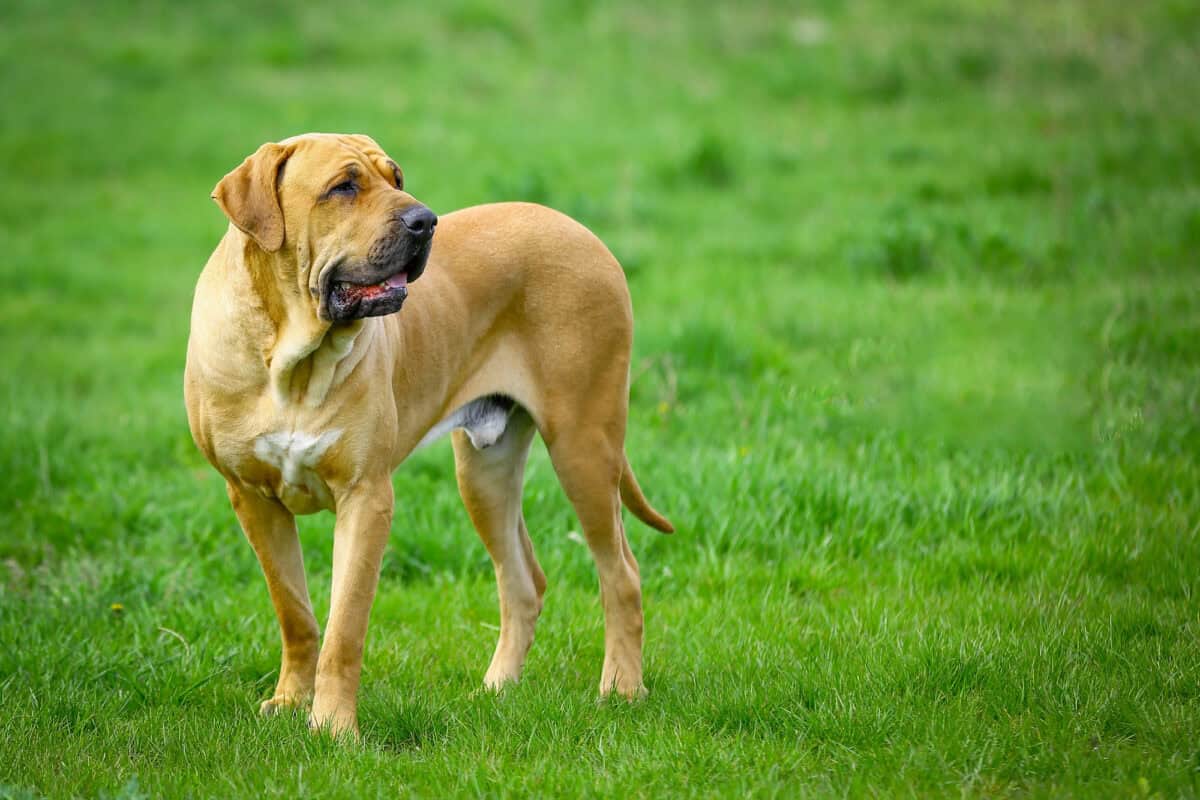
The Fila Brasileiro was developed in Brazil as a tracking and restraining dog used to capture runaway slaves and hunt jaguars. This controversial and difficult heritage has produced a breed with extraordinary tracking abilities, intense loyalty to their owners, and extreme suspicion of strangers. Filas typically weigh between 90-110 pounds and possess remarkable strength, determination, and what breeders call “ojeriza”—a natural, instinctive aversion to strangers that requires no training to develop.
Without proper socialization and handling, Filas can become dangerously aggressive toward anyone outside their immediate family. Their natural suspicion is so pronounced that the Brazilian breed standard actually evaluates temperament by noting that the dog should demonstrate intolerance to being touched by strangers. This breed has been banned in several countries including the United Kingdom, Australia, and parts of Europe due to concerns about public safety. Fila ownership requires exceptional experience, consistent training from puppyhood, and a clear understanding of the breed’s natural tendencies. Even with optimal training, most Filas remain highly suspicious of strangers and require careful management in public settings. Their intense loyalty to family members can become problematic if not properly channeled through structured training that establishes the owner as a calm, confident leader.
Wolf-Dog Hybrids Wild Heritage Demanding Special Understanding
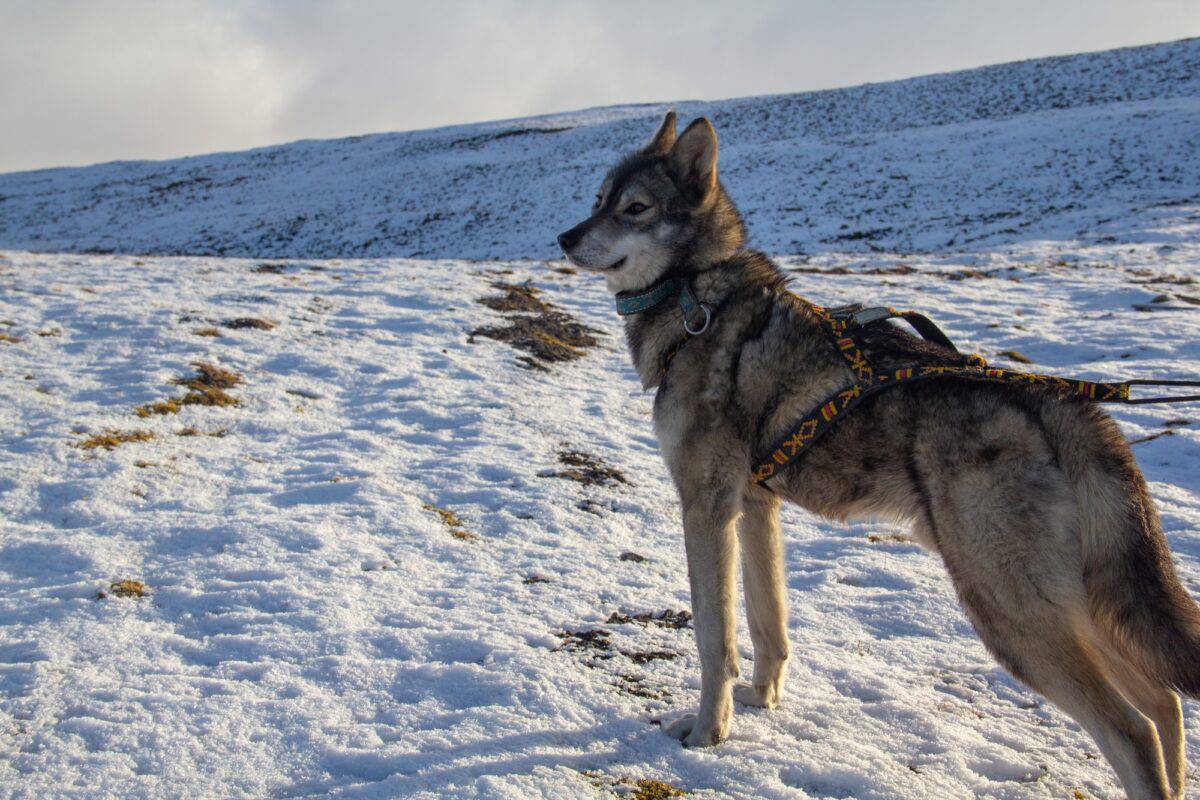
Wolf-dog hybrids represent a special category of challenges, combining the physical capabilities and instincts of wolves with various dog breed characteristics. These animals vary widely in appearance and behavior depending on the percentage of wolf content and the dog breeds in their ancestry. While some low-content wolf-dogs may behave similarly to challenging dog breeds, high-content hybrids retain many wolf behaviors that make them fundamentally different from domestic dogs, regardless of training methods used.
Poorly managed wolf-dogs may exhibit unpredictable behavior, resource guarding, territorial aggression, and prey drive directed at smaller animals or children. Unlike domestic dogs, who have evolved to read and respond to human social cues over thousands of years, wolves and high-content wolf-dogs lack this evolutionary adaptation. According to wolf conservation experts, wolves and wolf-dogs experience a fear imprint period around 6-8 weeks of age—precisely when most puppies are brought home—making proper socialization extremely difficult. These animals typically cannot be reliably trained to override their instinctual responses, regardless of training methods used. Most animal welfare organizations and wolf conservation groups strongly discourage wolf-dog ownership, noting that most such animals end up euthanized or in sanctuaries when owners cannot manage their behavior. In many jurisdictions, wolf-dog hybrids are illegal to own or require special permits and containment facilities.
Conclusion: Understanding the Owner’s Crucial Role in Preventing Aggression
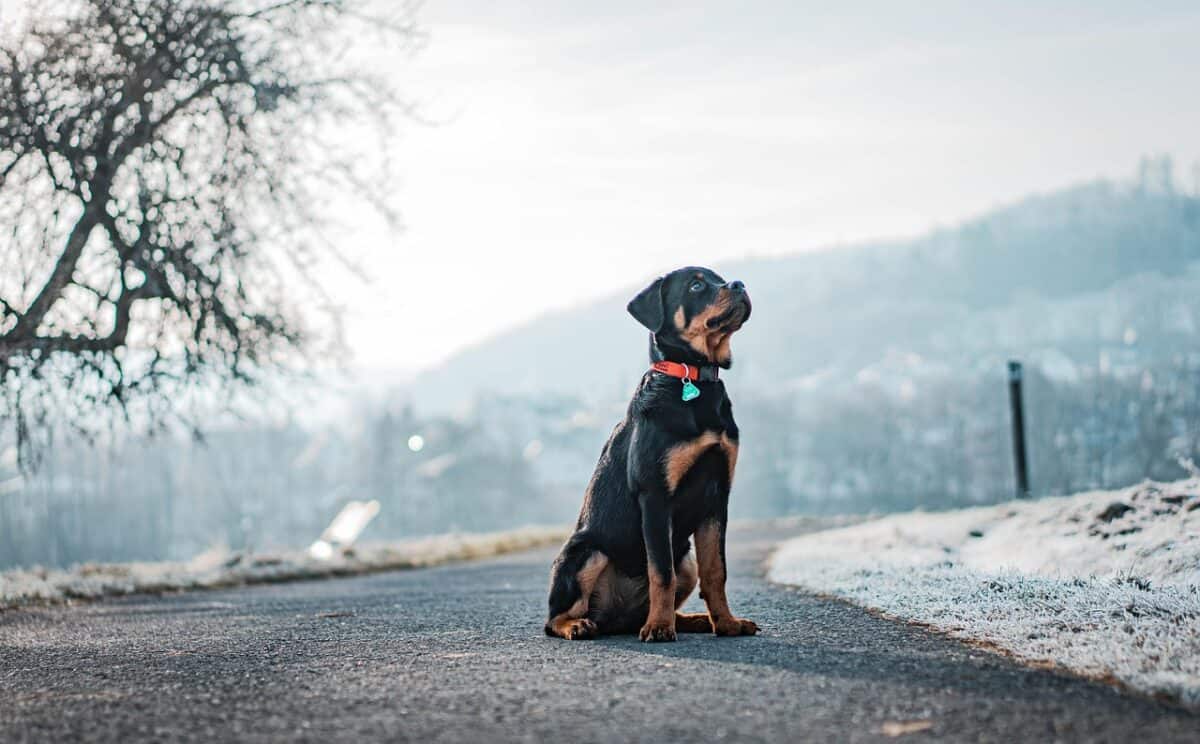
The breeds discussed in this article aren’t inherently dangerous or aggressive toward humans. Rather, they represent dogs with specific characteristics—whether size, strength, protective instincts, or independent natures—that require knowledgeable handling and consistent training to become well-adjusted companions. Research consistently shows that owner factors, including socialization practices, training methods, containment, and supervision, play far more significant roles in dog bite incidents than breed alone. Responsible ownership requires honest assessment of one’s experience level, lifestyle, and ability to meet a particular breed’s needs.
Proper training for any dog should begin in puppyhood with positive reinforcement methods that build trust and cooperation rather than fear. Early and ongoing socialization to different people, animals, and environments is crucial for all breeds, but especially those with natural protective or suspicious tendencies. Consistent enforcement of boundaries, regular exercise appropriate to the breed’s needs, and mental stimulation all contribute to developing a well-balanced canine companion. No dog should be obtained without thorough research into breed characteristics and a realistic assessment of the time and resources required for proper care and training. By understanding and committing to meet the needs of these more challenging breeds, owners
- 12 Dogs That Turn on Their Owners When Poorly Trained - August 13, 2025
- This Tiny Everglades Frog Might Be Florida Loudest Animal - August 13, 2025
- The Secret Behind Why Crows Bring Gifts to Certain People - August 13, 2025

